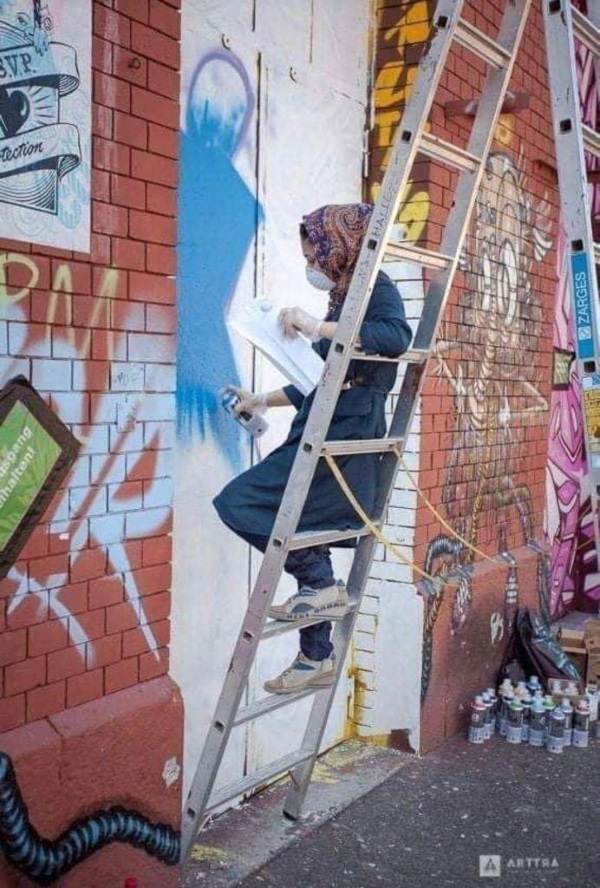Narrating Self, Depicting the Other
Self-Realisation and Trauma, Belonging and Diaspora in the Works of Shamsia Hassani and Keyvan Shovir
DOI:
https://doi.org/10.31273/fd.n7.2023.1509Abstract
The American philosopher and gender theorist Judith Butler believes that 'our capacity to reflect upon ourselves, to tell the truth about ourselves, is correspondingly limited by what the discourse, the regime, cannot allow into speakability' (Giving an Account of Oneself). This review analyses how Shamissa Hassani (b.1988), the first female graffiti artist of Afghanistan, and Keyvan Shovir (b. 1985), the first postrevolutionary graffiti artist of Iran, manifest Butler’s view of giving an account of oneself. I argue that Hassani and Shovir have used their arts as a means of speakability and self-reflection in the restricted discourses of their home countries. I conclude that art manifests the possibility of self-revelation and reclaiming one’s voice beyond the restricted social discourses or diaspora.
Downloads

Downloads
Published
Issue
Section
License
Copyright (c) 2024 Delaram Hosseinioun

This work is licensed under a Creative Commons Attribution-NonCommercial-ShareAlike 4.0 International License.
Authors who publish with this journal agree to the following terms:
- Authors retain copyright and grant the journal right of first publication with the work simultaneously licensed under a Creative Commons Attribution Non-Commercial Share Alike License that allows others to share the work with an acknowledgement of the work's authorship and initial publication in this journal, providing it is not used for commercial purposes and any derivative work is shared with the same license.
- Authors are able to enter into separate, additional contractual arrangements for the non-exclusive distribution of the journal's published version of the work (e.g., post it to an institutional repository or publish it in a book), with an acknowledgement of its initial publication in this journal.
- Authors are permitted and encouraged to post their work online (e.g., in institutional repositories or on their website) prior to and during the submission process, as it can lead to productive exchanges, as well as earlier and greater citation of published work (See The Effect of Open Access).
